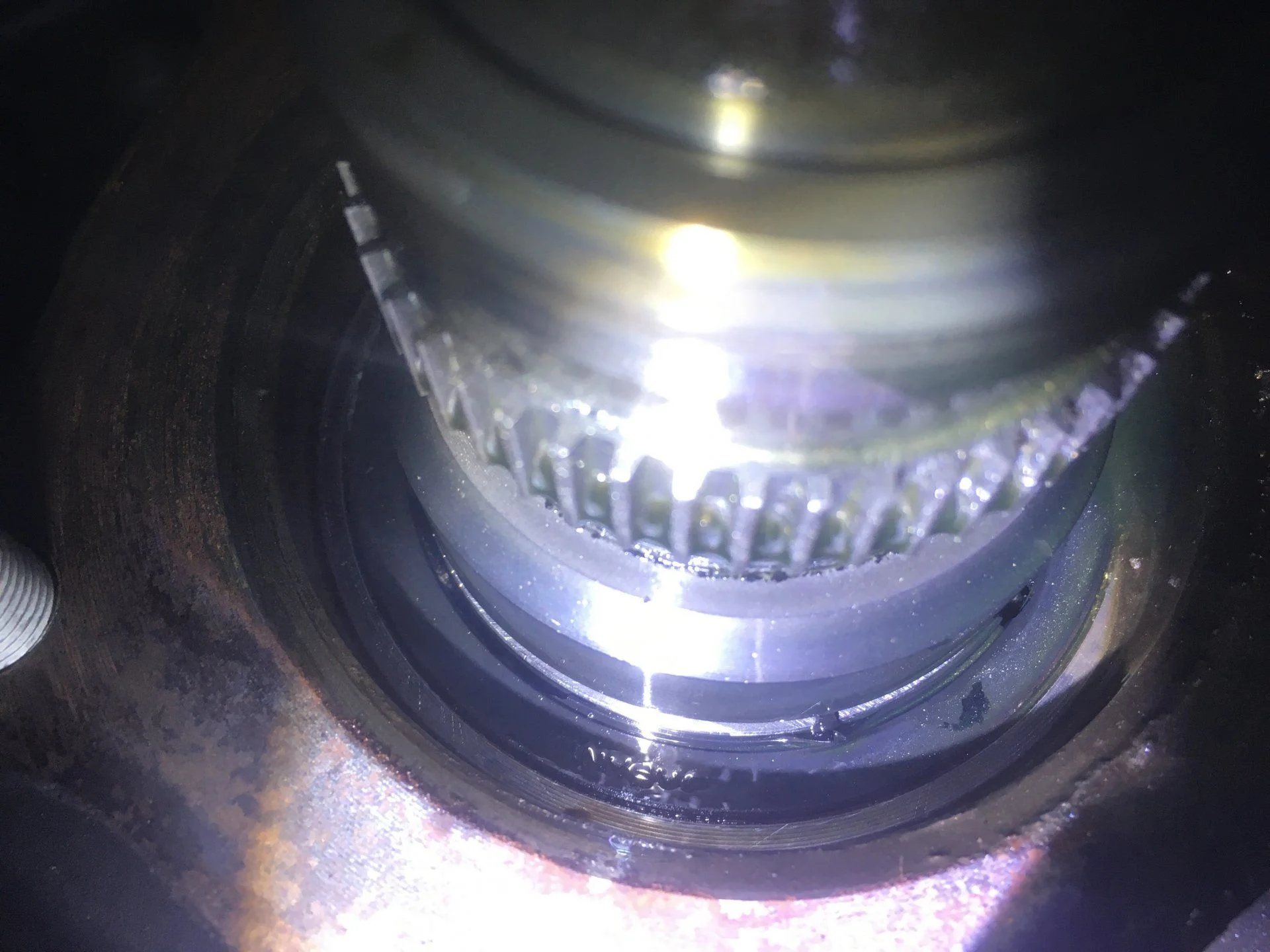A couple of theories: I believe your rear axle issue is mainly attributed to the higher mileage and maybe more/less a PM interval for this type of assembly & bearing. IIRC the 80-Series' full float has a PM of 60k miles? So Toyota was able to extend the maintenance interval 400-500% which is what the design engineers were after. Christo and Georg may be able to offer better insight.
I believe the issues I have experienced with my rear axle system are mainly due to my GVW and the type of terrain that places significant torsional stress on the axle housing/bearing assembly. Aside from one of the rebuilds not being done properly (done by a Toyota dealership and it failed within the 1-year/12k mile warranty on same and was repaired satisfactorily at no additional charge) all of my rear axle seal failures occurred after my big Utah and/or trailer in tow off-road trips.
At 8,000lbs GVW rolling weight for my rig in touring mode, not including trailers I've had in tow, I am surely well above the design perimeters for this axle system. I believe there is enough flex in the axle housing itself, in the above scenario and GVW, to allow just enough distortion at the seal-axle interface and/or undue pressure on the axle bearing itself to initiate the problem.
The other situation, somewhat common in off-road racing circles, is the issue of sucking in contaminants from the seal side during deep water crossings associated with inadequate differential/housing ventilation. If the diff assembly is hot and cold water is introduced in significant quantity the vacuum created by not having enough free flow ventilation causes dirty contaminated water to be sucked in through the axle end side: Path of least resistance. Not sure if this has any practical meaning for us casual off-roaders or not. But in racing circles its a bona fide issue.


